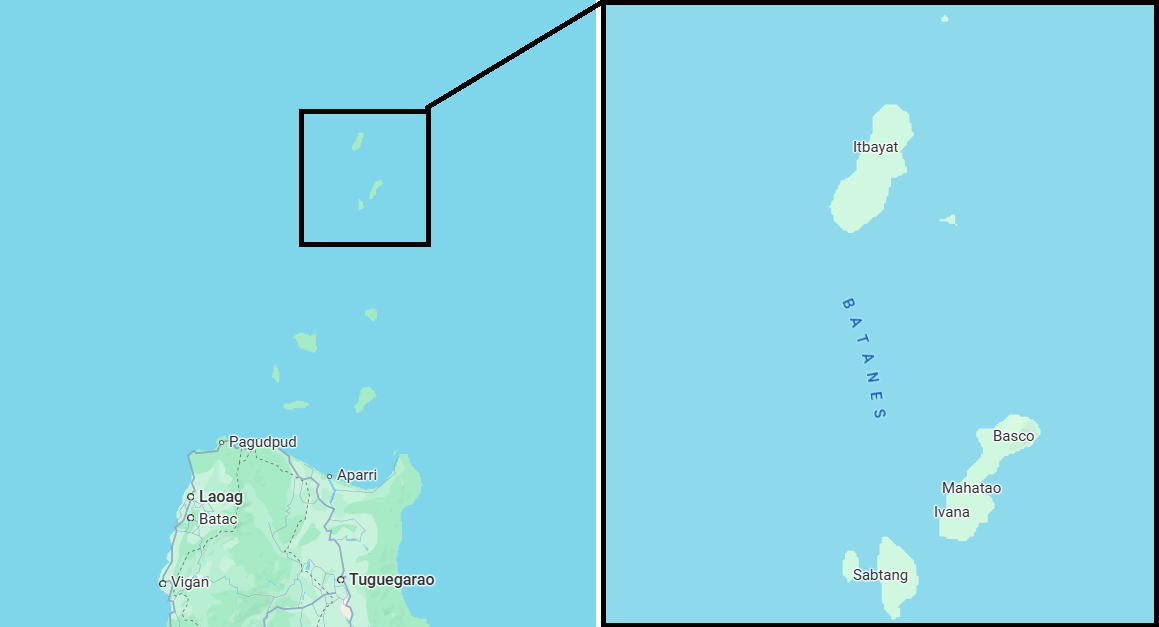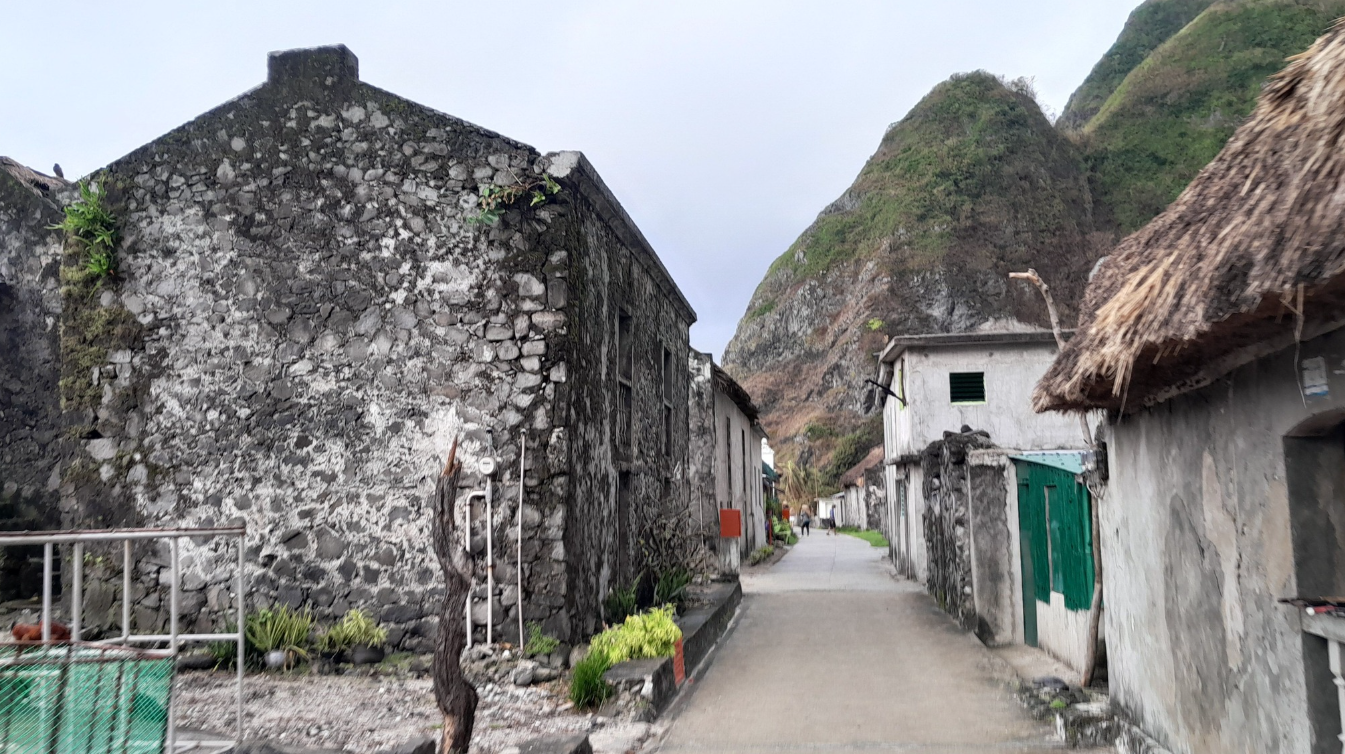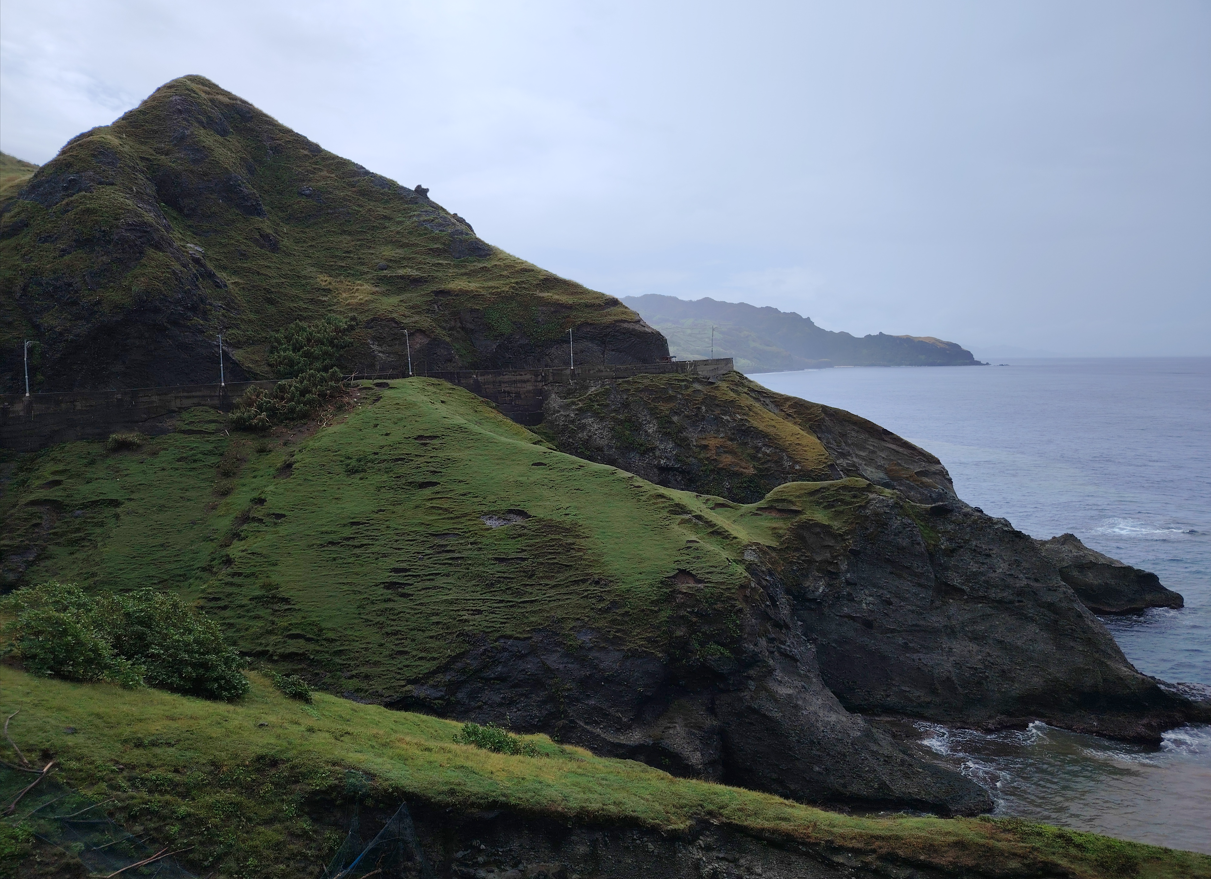The Wonders of Batanes and the Resilience of Its People
Batanes is the smallest province in the Philippines, both in terms of land area and population. It is composed of 11 islands, housing six towns—four on Batan Island and two on the smaller islands of Sabtang and Itbayat. This remote archipelago lies in the Luzon Strait, closer to Taiwan than mainland Luzon. Despite geographical isolation and frequent natural disasters, Batanes boasts one of the lowest poverty rates in the country—a testament to the resilience of its people and the effectiveness of their governance.
 Geographical Characteristics: Beauty and Challenge
Geographical Characteristics: Beauty and Challenge
Batanes is defined by its rugged terrain, with rolling green hills, towering cliffs, and rocky beaches like Valugan Boulder Beach. It also has stunning coves and white sand beaches such as Maydangeb Beach. The province experiences cooler temperatures, but it lies along the typhoon belt, facing severe storms every year. Mount Iraya, a dormant volcano, and Marlboro Hills are some of the province’s notable natural landmarks, drawing visitors to explore its serene yet challenging landscape.
.Batanes' geography makes public services and transportation difficult to maintain, while agricultural activities are limited by available land. Fishing, too, is seasonal, making it necessary for the people to adapt their way of life to these constraints.
The People and Governance: A Model of Self-Reliance
The Ivatans, known for their simplicity, hard work, and strong sense of community, have built a culture that aligns with the province's natural demands. Their traditional stone houses, with thick limestone walls and cogon roofs, are designed to withstand typhoons. This ingenuity extends beyond architecture to their lifestyle and governance practices, which prioritize sustainability and disaster preparedness.
.The province’s governance reflects a transparent and responsible leadership model. Despite being small, Batanes focuses on eco-tourism, disaster mitigation, and preservation of heritage. It has policies that regulate overdevelopment and promote sustainable tourism, ensuring that the natural and cultural beauty of the province is not compromised by economic growth.
Socio-Economic Conditions: Thriving Amid Isolation
Batanes registers a poverty incidence of just 2.6%, one of the lowest in the country. This success is remarkable given the challenges posed by isolation, typhoons, and limited infrastructure. The economy thrives through a mix of agriculture, fishing, livestock raising, and tourism. Yam, garlic, and flying fish are some of the province's staple products, but tourism is increasingly becoming a major driver of growth.
The people’s resourcefulness and community cooperation ensure that even with limited income sources, no one is left behind. Unlike other provinces suffering from corruption and inefficiency, Batanes demonstrates how transparent governance and strong community values contribute to sustainable poverty reduction
Calamities and Recovery: Strength Through Unity
Living in a typhoon-prone region has made the Ivatans adept at disaster recovery. They rely on traditional knowledge and cooperative systems to rebuild quickly after every storm. Their stone houses remain resilient against typhoons, and the community works together in rebuilding efforts. This unity and preparedness are essential to their survival and success (The Philippines Today, Out of Town Blog).
 Tourism and Attractions: Nature and Heritage as Economic Drivers
Tourism and Attractions: Nature and Heritage as Economic Drivers
Batanes is known for its breathtaking natural landscapes and historic man-made structures. Tourists are drawn to attractions such as the rolling hills of Vayang and the serene Nakabuang Arch on Sabtang Island. The cliffs of Itbayat and the unique Valugan Boulder Beach add to the province’s natural charm.
Man-made attractions include Santo Domingo de Basco Church (1783), San Carlos Borromeo Church (1873), and the House of Dakay (1887), the oldest surviving Ivatan house. These landmarks embody the province’s cultural heritage and contribute to its eco-tourism economy.
Tourism not only showcases Batanes’ wonders but also generates income and employment, helping reduce poverty levels from over 6% to the current 2.6%.
A Story of Resilience and Success
Batanes is a testament to the power of unity, resourcefulness, and good governance. Its people have built lives of meaning and purpose, thriving amid geographical isolation and frequent natural disasters. Through sustainable tourism, transparent governance, and enduring cultural values, Batanes has achieved economic growth and low poverty levels while preserving its environment and heritage.
Natural and Man-made Attractions in Batanes
Town/Island | Category | Attraction | Description |
Basco/Batan | Natural | Mount Iraya | Dormant volcano offering hiking trails and panoramic views of the island |
| Natural | Vayang Rolling Hills | Green, rolling hills providing scenic views of the coast and the West Philippine Sea/South China Sea |
| Man-Made | Basco Lighthouse | Iconic lighthouse offering views of Basco and the Batanes coastline constructed in 2003 |
| Man-Made | Santo Domingo de Basco Church | One of the oldest churches in Batanes established in 1783 |
Mahatao/Batan | Natural | Chawa View Deck | Cliffside deck overlooking waves crashing on the shore, popular for sunsets |
| Natural | Racuh A Payaman (Marlboro Hills) | Scenic pastureland maintained by local communities which became a tourist spot since 1978 |
| Natural | Hamoron Blue Lagoon | A secluded lagoon historically reserved for Spanish Officials, now open to the public |
| Man-Made | San Carlos Borromeo Church | A stone church listed as a National Cultural Treasure. It was originally built in 1789 and rebuilt in 1873 |
Ivana | Man-Made | Honesty Coffee Shop | A unique unmanned shop where customers pay on the honor system |
| Man-Made | San Jose de Ivana Church | A baroque-style chrch with historical significance built in 1814 |
| Man-Made | House of Dakay | The oldest surviving Ivatan house, believed to have been constructed in 1887 |
| Natural | Maydangeb White Beach | A popular spot for family picnics and snorkling |
Sabtang Island | Natural | Nakabuang Arch and Beach | Beautiful beach with a natural stone arch, a popular photo spot |
| Natural | Sabtang Cliffs | Dramatic cliffs offering panoramic ocean views |
| Man-Made | Stone Houses | Traditional Ivatan stone houses that withstand the region’s frequent typhoons |
| Man-Made | San Vicente Ferrer Church | A historic stone church declared a cultural site. Built in 1844 |
Uyugan | Man-Made | Ruins of Songsong | Old stone houses abandoned after a tidal wave a tidal wave, now a historical site |
| Natural | Alapad Rock Formation | A scenic hill and rock formation shaped by nature |
Itbayat Island | Natural | Itbayat Cliffs | High cliffs surrounding the island, famous for hiking and sightseeing |
| Natural | Torogan Cave | Believed to be the first Ivatan settlement; accessible via hiking trails |
North Batan | Natural | Valugan Boulder Beach | Beach covered in smooth volcanic boulders instead of sand |
 Lessons for Other Provinces: Governance and Character
Lessons for Other Provinces: Governance and Character
Other provinces in the Philippines, many of which also experience natural disasters like typhoons, can learn valuable lessons from Batanes. Effective governance is key—policies that focus on transparency, sustainability, and community empowerment lead to better outcomes. The Ivatan people's character, lifestyle, and cooperative spirit demonstrate how communities can stay out of poverty even in difficult circumstances.
By investing in disaster preparedness, eco-tourism, and heritage preservation, other provinces can overcome challenges and achieve sustainable growth. Corruption and mismanagement are major barriers that can hinder progress, but Batanes shows that with good governance and unity, communities can not only survive but flourish.
For visitors, Batanes offers more than scenic views—it provides an inspiring glimpse into a way of life that balances simplicity, resilience, and progress. It serves as a powerful model of how people and places can thrive together despite adversity.
